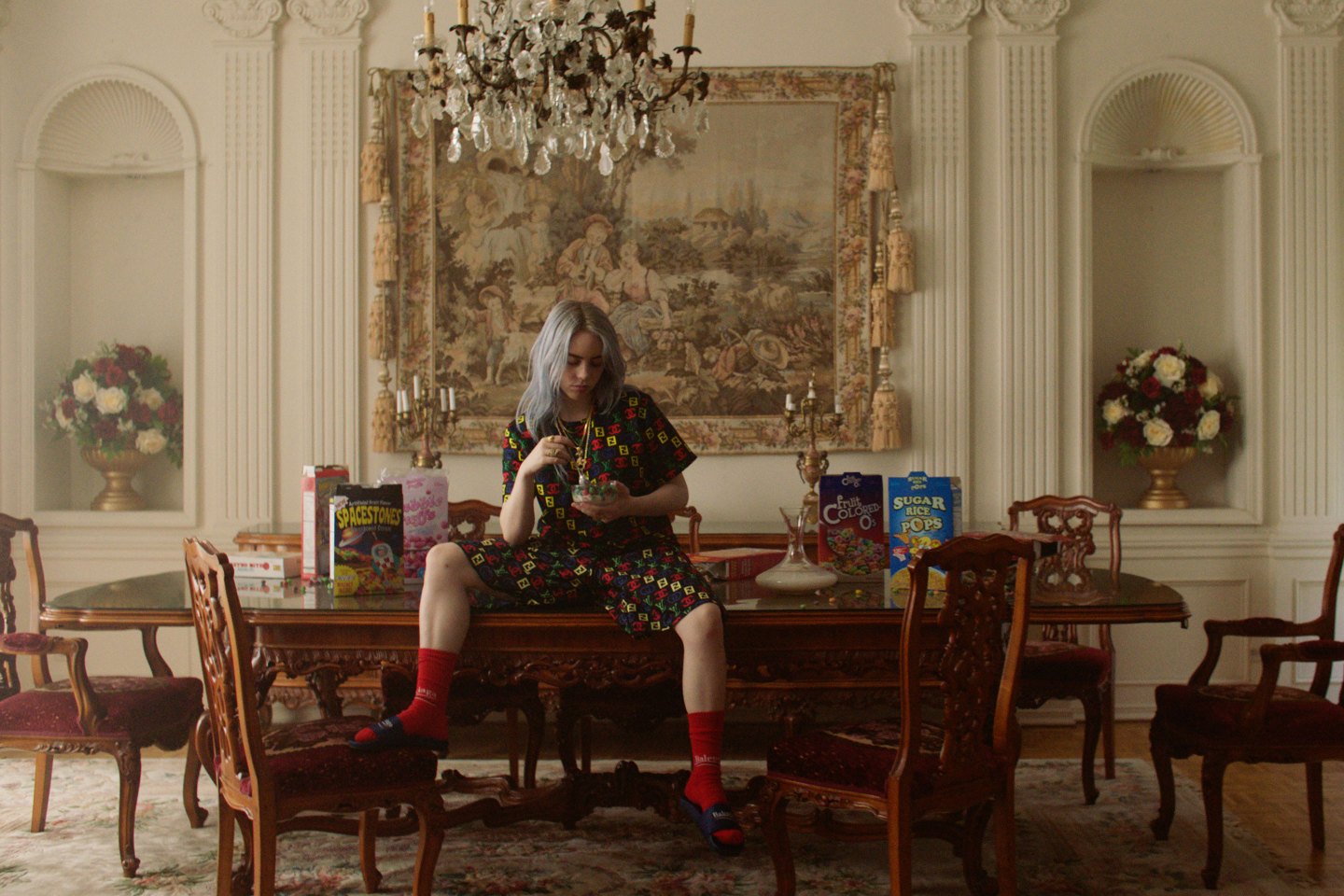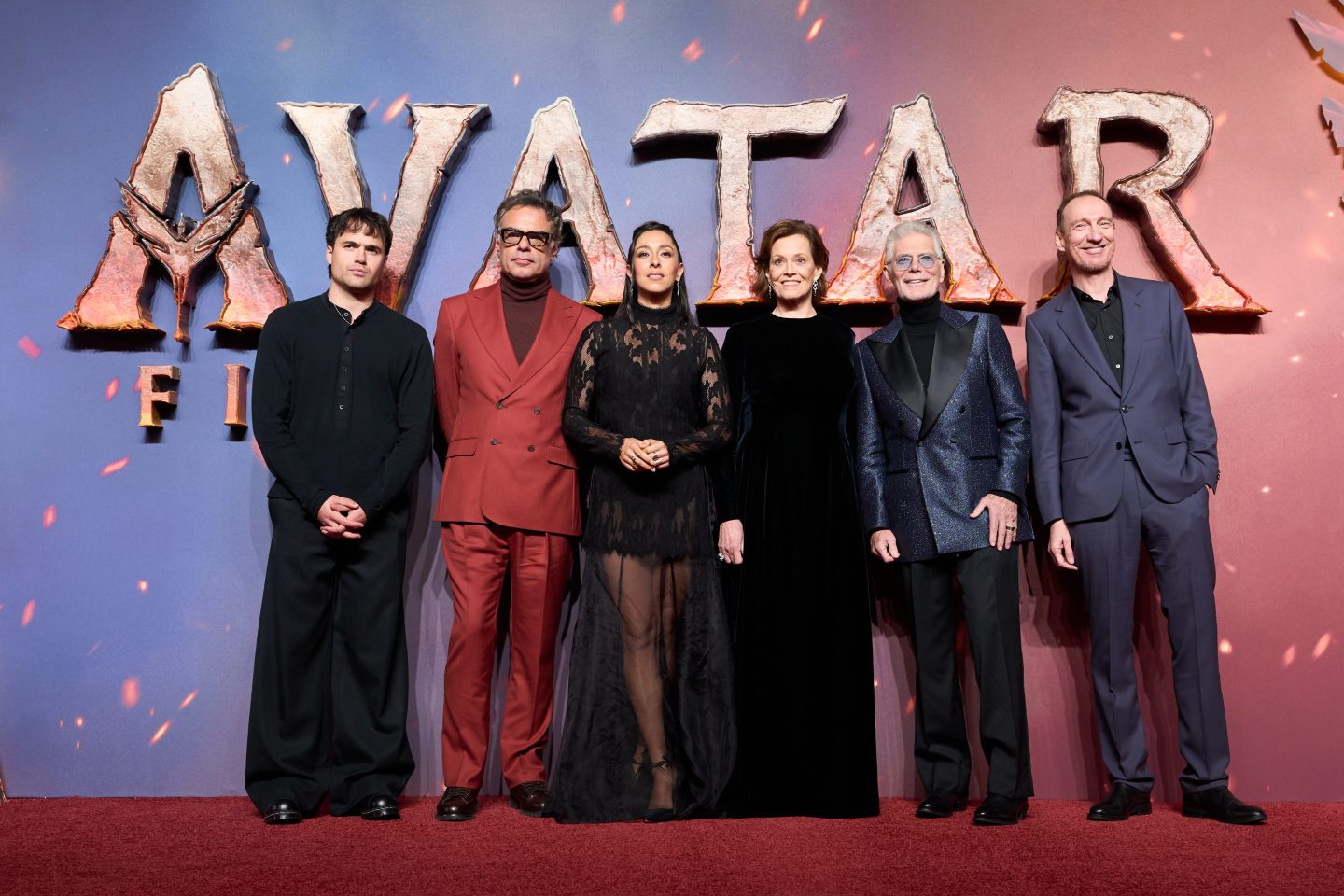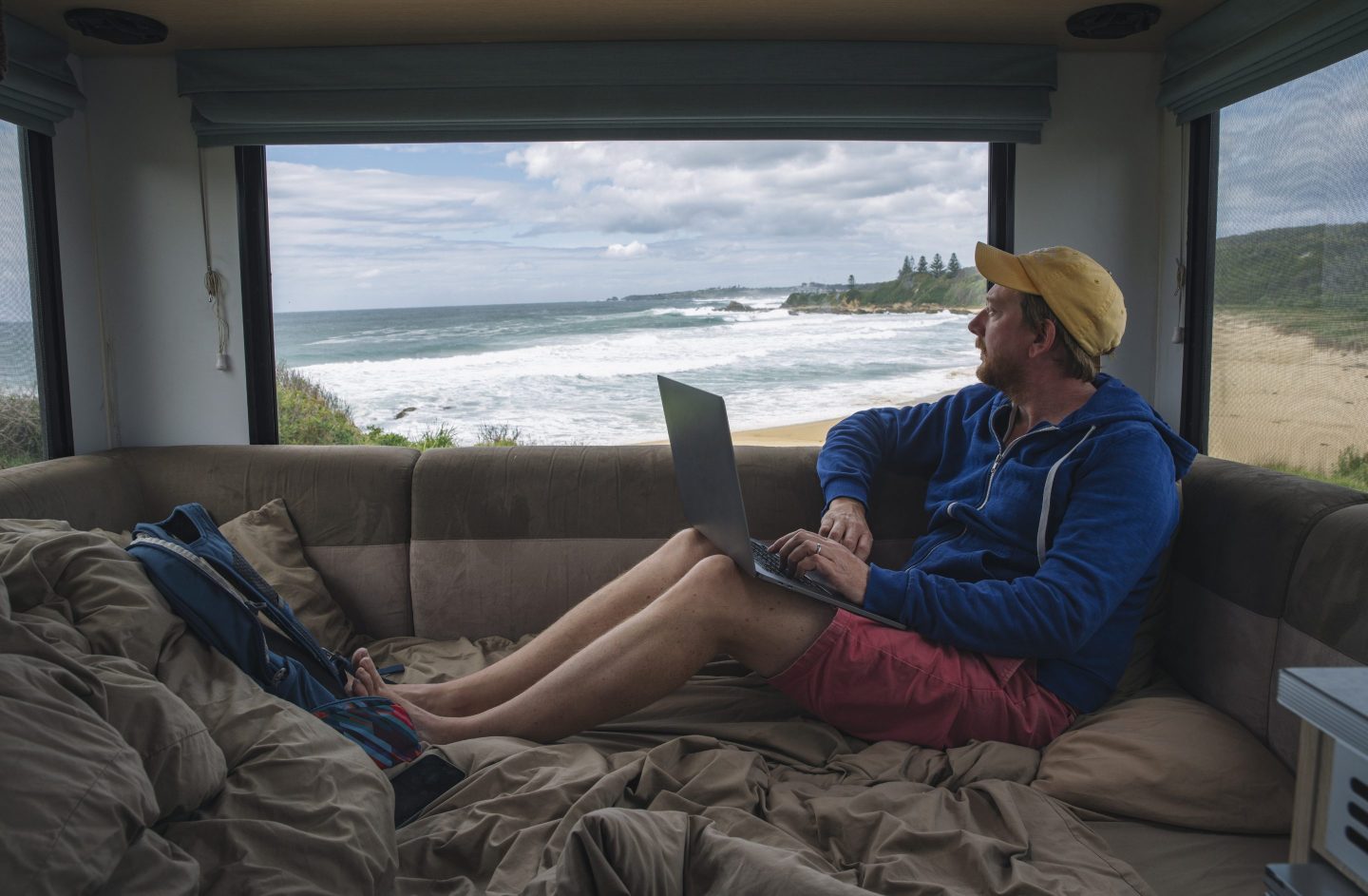The world is a vastly different place than it was a decade ago. In 2009, Barack Obama was inaugurated for his first term and Sony was still selling floppy disks. That was also the same year a small platform called Vevo joined the digital media landscape, as a video streaming service for UMG and Sony recording artists.
Ten years later (in a world with no floppy disks), the company has expanded its partnerships with music videos that rake in 800 million to a billion views a day. And Vevo, whose name actually stands for “Video Evolution” is still working to change the way music videos—no longer a staple of MTV’s programming—are produced and consumed.
On top of its deep bench of A-listers who premiere their videos with Vevo—the Taylor Swifts, Adeles, and Justin Biebers of the world—the company has been busy making deep connections with newer artists as well. Through their LIFT and DSCVR artist development programs, rising stars like Lewis Capaldi, Alessia Cara, and Billie Eilish have created content and honed their visual craft.
“The visual element to my work is so incredibly important to me,” says Eilish, a former Vevo LIFT artist and current Billboard Woman of the Year, in an exclusive statement to Fortune. “Vevo has been a great support and platform in helping share my art and live performances to millions all around the world.”
Pop star Khalid echoes that sentiment, telling Fortune: “I’ve had the privilege of working closely with Vevo since the beginning. From the LIFT campaign to Vevo X performances and my videos reaching close to 3 billion views, it’s been a true partnership.”
Vevo’s strict reliance on data and creative partnerships with emerging artists and superstars like Eilish and Khalid has pushed the worldwide company into the spotlight and on its way to becoming the 24/7 home for the most in-demand, short-form video content available.
The company has spent the last decade solidifying itself as the destination for music videos. The visual association between artists and fans is essential, according to JP Evangelista, senior vice president of content, programming, and marketing at Vevo. “Other companies [that] labels partner with are Apple, Spotify, Amazon…and [with] the growth of those individual platforms, you see songs get—for both new and developed artists—upwards of 250 million streams. [However] for newer and younger audiences, they might have no idea what the face of that artist [looks like]. That connection, and the music video as a medium, we view as being more important now than ever.”
As a member of the Vevo team since the beginning, Evangelista takes these personal connections very seriously. Considering that Vevo is the hub for over 400,000 music videos including cultural phenomenon like Ariana Grande’s “Thank U, Next” video (which hit 55.4 million views in 24 hours), music lovers also seem to find those visual relationships important.
But how does this company, which started as a competitor for the likes of Hulu and YouTube, continue to reach audiences? For the Vevo team, it’s a combination of trust and optimization. In 2018, they realized what power they could have without the overhead of maintaining a streaming site.

According to Kevin McGurn, Vevo’s president of sales and distribution, shuttering their mobile app in favor of a YouTube partnership was the key to the brand’s recent accelerated success. “It was really just a sales-driven [decision]… We realized that competing with YouTube in the mobile and web space was probably not the greatest idea,” McGurn tells Fortune. (YouTube declined to comment on its partnership with Vevo for this article.)
Dan Rayburn, a principal analyst from Frost & Sullivan, agrees wholeheartedly with McGurn’s assessment, calling it the “smartest thing Vevo ever did.” “[With projects like Vevo TV and the Vevo app], you had all these sort of splinters of Vevo. But I guarantee you go out, and you ask consumers about brands they are going to be like, ‘the music videos on YouTube?’ They don’t know where Vevo’s coming from,” he tells Fortune. “And you know what? I think that’s okay because Vevo doesn’t have to be a consumer facing content company.”
“Just recognizing what the market was giving to us [in terms of] where people were going to watch [content], and as opposed to the ‘if you build it, they will come’ strategy [was essential],” McGurn says.
Instead of spending money on subscriber acquisitions, Vevo is turning that cost-savings into boosting its development programs for artists (DSCVR, LIFT) and original content.
“The main difference is that we’re able to cover more artists in a given year now,” Evangelista says about the content and marketing shift since focusing on YouTube distribution. “We’re pivoting away from being heavy on the artist speaking formats and focusing more on custom visual performance formats because…there’s a ton of duplicated content on the internet and on YouTube especially. We give them something slightly more tangible and valuable every time they walk away from a shoot with us.”
All of this development is in the pursuit of moving the needle for an artist’s music video output. In 2018, Vevo created unique content with under 300 artists; this year, Evangelista says that number is near 500.
And getting an artist’s music out in front of billions is a major feat of planning and precision. “YouTube is a more crowded internet environment than ever before,” Evangelista explains. “Our team works regularly with a data science team (that we have in-house), and a business operations team that we have that try provide expertise as to how to navigate [that world]. We provide labels with the practices to both how to create music videos [and] how to roll them out.”
Vevo’s data driven techniques include guiding artists and labels (including the company’s owners: UMG and Sony) on the best times to drop new videos—the brand sees weekends and nights as its highest consumption moments—and the impact that a long, cinematic intro to a video has on its performance. (It can be detrimental to a video’s performance in the algorithm and playlisting if the song doesn’t start right away.)
While Evangelista’s steadfast belief in the power of the visual connection between fans and musicians might seem romantic, Vevo’s got the data to back up his passion. The company has found that artists have improved their video views by 12% on average just by swapping out dark thumbnails for well-lit ones featuring the artist’s face. When Vevo worked with Halsey’s team to replace the thumbnail for “Ghost” in September 2018, they reported a 4000% increase in views for two full weeks.
Along with these tools to help optimize an artist’s video views or channel, Vevo is ready for its next chapter—championing the value of the music video in the home and beyond. Since 2016, Vevo has seen its connected TVs user segment grow over 300% and algorithmic views (curated playlists, suggested videos) jump to nearly 75% of the company’s total video views.
To McGurn, this highlights a true trend: “We’re headed to return music videos…to prime time. We want it to return to the living room, we want it to return globally on the most high-definition, largest screens that everyone can find. That’s serving the advertisers and it’s also serving the artists themselves [because] all of these videos are shot in HD and 4K. You have these great high quality, high production value assets that can be on any screen and we want to make sure that’s the case.”
But while the growing impact of smart TVs has changed the game for Vevo, Rayburn isn’t convinced that the living room will be the norm again for music: “Now so much content is being viewed on small screens, but small screens with great quality, which actually are engaging now. Is this going to change the way this content is viewed? Is it going to change the music industry going forward to where [artists or labels] no longer go, ‘Hey, we have to make a four-minute music video?’”
At the moment Rayburn can’t see any competitor to Vevo’s mark on the music video industry, but he sees the future as more diverse in terms of music content and platforms: “The only thing I would say is, typically when that happens, everyone in the industry media runs around and says, ‘Okay, this is where we’ll place that.’ These things don’t replace one another, it’s in complement to it. Everyone said iTunes would kill this off and then people are like, everyone wants to buy music and then it was like everyone wants to rent music. Well, they want to do both.”
On top of that, social media platforms are vying to fill the music content space, too. “Young people care that they’re finding the music because it’s on different platforms,” Rayburn says. “They’re seeing the artist and they’re seeing whatever that impression is that artist wants to give out on Facebook or on Instagram or some other short form thing because here’s this piece of content that comes along with [their] songs. And many times it might be words or images, but it’s not the artist themselves, but it’s the artistic visualization they want for their music.”
In fact, while the content and marketing team focuses on giving certain genres a bigger spotlight (including a larger Latin content offering with Somos Vevo, according to Evangelista), McGurn is focused on how to increase Vevo’s technical offerings.
“We want to experiment with the different ways to get [videos on your screen] whether it’s Video On Demand or linear; whether it’s searched through a keyboard or searched with your voice,” he says. “There’s a lot of opportunity for us to expand the footprint of how music videos are discovered, enjoyed and, most importantly, monetized from an advertising perspective so we can have that promotional or commercial value passed back through to the labels that put us in business.”
Even with the twists and turns that Vevo has already faced since launching in December 2009, McGurn isn’t fazed by the curveballs. “We sell pop culture,” he says matter-of-factly. “Advertisers and brands always want to associate themselves with pop culture and what is the zeitgeist of the moment.” With no limits to the amount of people Vevo reaches, the possibilities for the next decade are endless in McGurn’s view. “We get music video premieres every single week, so we’re never starved for content. We’re never out of season.”
On top of that, they never close.
More must-read stories from Fortune:
—How Netflix transformed the peak TV terrain in the 2010s
—Why these high-profile book adaptations bombed at the box office in 2019
—’Tis the season for holiday movies—and Hallmark and Lifetime aren’t afraid of Netflix
—Whistleblower cinema is back in a big way
—How some artists are building their careers through Spotify playlists
Follow Fortune on Flipboard to stay up-to-date on the latest news and analysis.












